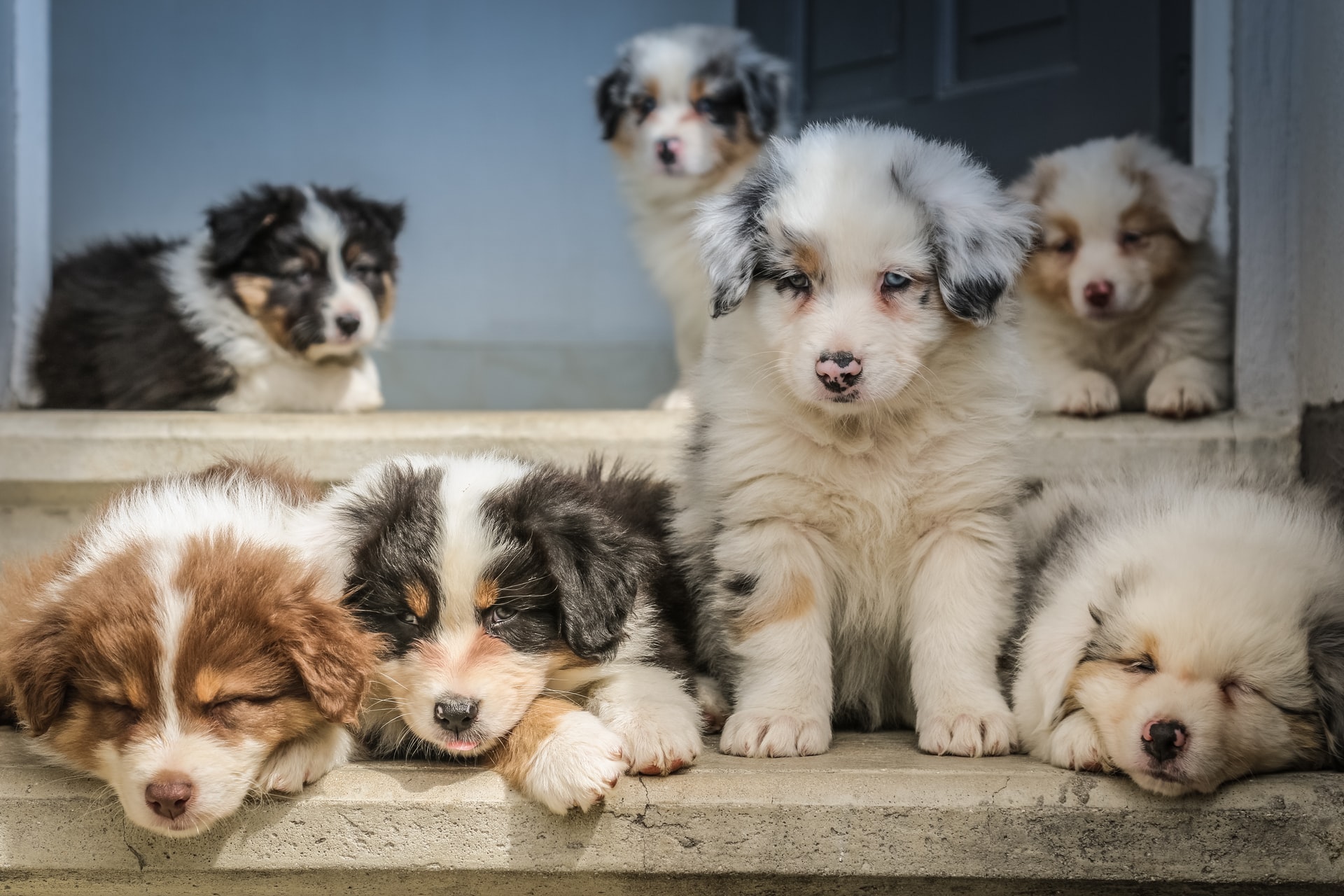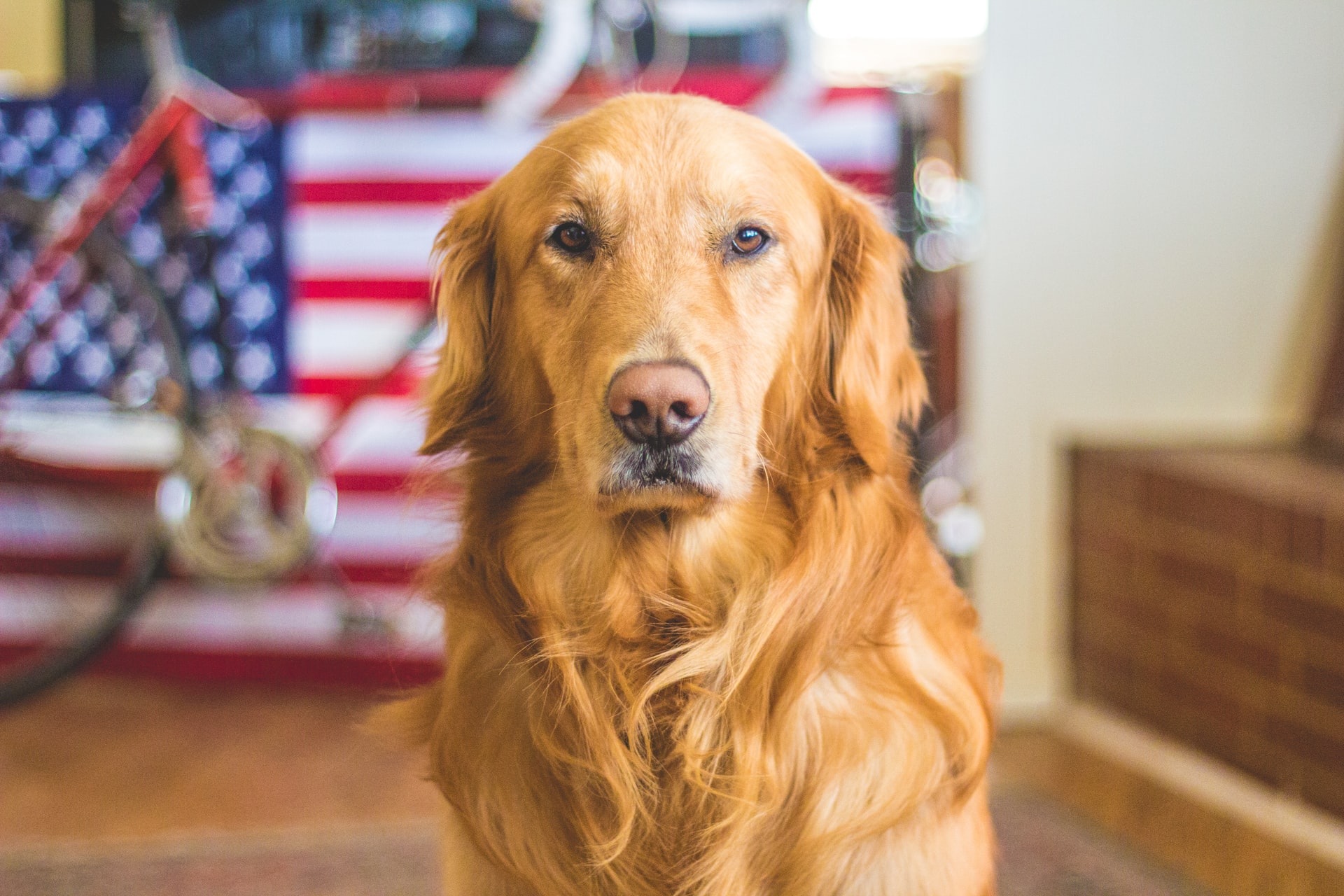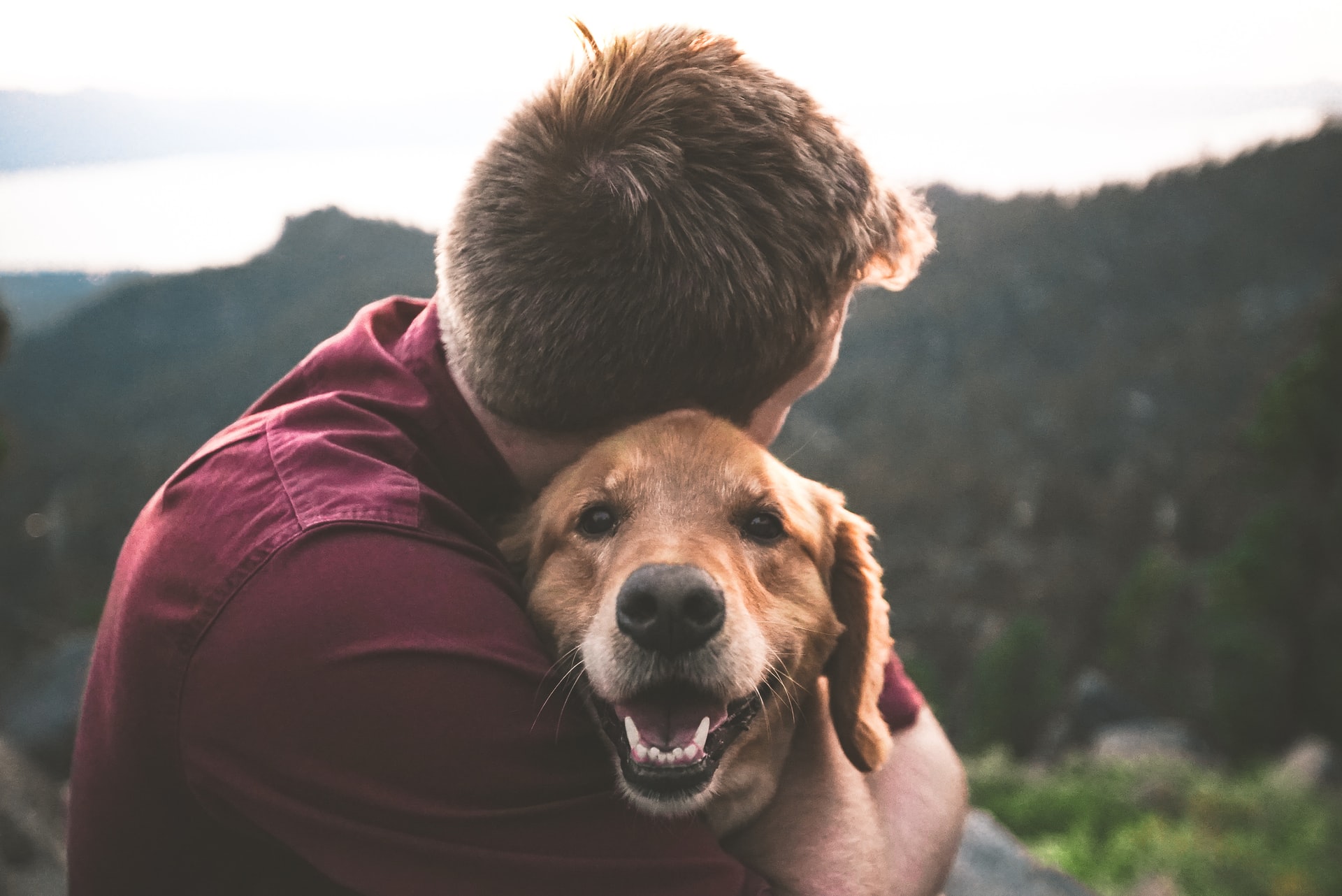Stray or unowned, free-wandering creatures, and specifically, felines, keep on being a cultural test in North America. Notwithstanding critical wellbeing and government assistance issues of the actual creatures, there are general wellbeing and security worries with free-wandering creatures, and key ecological concerns, including wild and homegrown creature predation by wild canines and felines, and likely fascination of hunters, like coyotes, into rural and metropolitan zones by the prepared inventory of wild felines as food (1). There are no exact complete numbers for wild, stray, or deserted canines and felines in Canada, just an extent of which enter creature asylums or pounds every year, except casual assessments for unowned, lost felines in the city of Toronto alone have been recommended to be somewhere close to 100 000 to 220 000 creatures (2).
A pattern found in North America is that the quantities of canines entering covers are diminishing while quantities of undesirable felines are expanding (3,4). In Canada, the Canadian Federation of Humane Societies gauges that around 300 000 unowned felines and canines enter asylums and pounds every year (5). In the United States, an expected 6 to 8 million canines and felines enter shields every year (6). This does exclude creatures surrendered to covers by their proprietors for reasons like sickness, unsuitable practices, or mature age (7). In the two nations, roughly 40% to half of creatures entering asylums or pounds will be euthanized, by far most of which are felines. Notwithstanding felines and canines, numerous asylums and pounds acknowledge different species, including little warm blooded creatures and intriguing creatures; nonetheless, these by and large address a little extent of the all out populace housed.
For individuals from the public wishing to help crafted by these associations and for veterinarians burning of giving materials or expert aptitude to improve the government assistance of lost creatures, there is a confounding exhibit of associations claiming to offer haven administrations. For instance, city pounds, shields, no-murder covers, safe-havens, salvage tasks, and child care administrations may all work in some limit with unowned felines and canines. Each kind of association may have an alternate order, set of philosophical qualities, wellspring of subsidizing, and method of activity, some of which may cover, making it hard to tell how best to give time, gear and supplies, or cash for ideal effect. The degree of outsider investigation and oversight between various kinds of offices is likewise generally factor, prompting various principles of support and care between offices. Reliable autonomous investigation and oversight is a significant thought for cover creature government assistance. In the United States, the ASPCA has revealed an increment in the quantity of creature hoarders acting like creature salvage tasks (8).
Most haven associations have shared objectives of attempting to rejoin proprietors with lost pets, rehoming unowned creatures, and giving haven and care to a weak populace. Conflicting ways of thinking for creature the executives between offices may make rivalry for financing dollars, just as forcing an unnecessary weight on the local area. For instance, covers with exacting “no-murder” or restricted confirmation arrangements frequently deny creatures that are wiped out, matured, of weak personality, or with improper practices since they are helpless appropriation up-and-comers. Albeit benevolent, a particularly unbending philosophical strategy may not add to enhancing creature government assistance over the long haul if there is lacking space for these creatures in other close by covers. This may rather add to creature surrender, misuse, disregard, or congestion at different offices that have less prohibitive confirmation approaches.
Regardless of the best expectations and sacrificial endeavors of various committed people working for creature covers, there are numerous creature government assistance issues related with the consideration and the board of this populace that should be tended to by the veterinary calling and society. Perhaps the main issues is ampleness of office staffing. This is regularly determined by an inadequate degree of financing support and a moral problem that may focus on giving any sort of life to a lost creature (that might be housed in an office for quite a long time to months) over personal satisfaction. The dependable guideline for staffing projections for municipally run creature safe houses or pounds is to apportion a normal of 15 minutes for each creature each day — 6 minutes for taking care of and 9 minutes for cleaning (9). While this might be the base needed for fundamental support of sound creatures, this doesn’t take into account time needed for clinical medicines or treatment, arrangement of improvement and creature socialization, disposition assessment, or arrangement of activity outside the confine or pet hotel. These are altogether factors that might be vital in the accomplishment of rehoming of a homeless creature and upgrading that creature’s personal satisfaction. In the event that there are deficient staff working in an office, this extra time consumption on creatures might be seen as an extravagance and not offered regularly or reliably.


